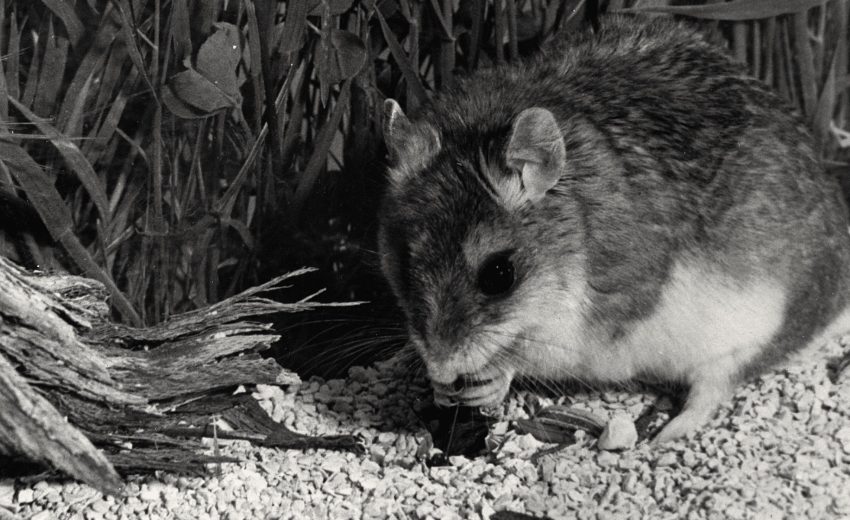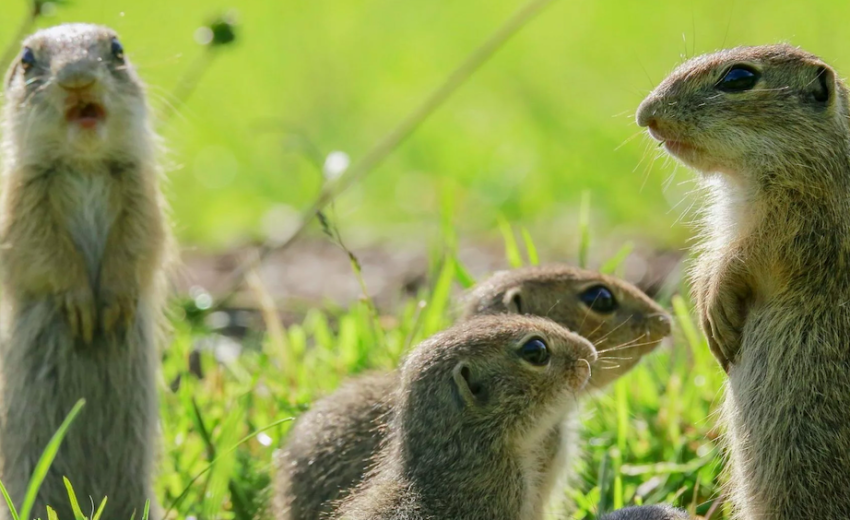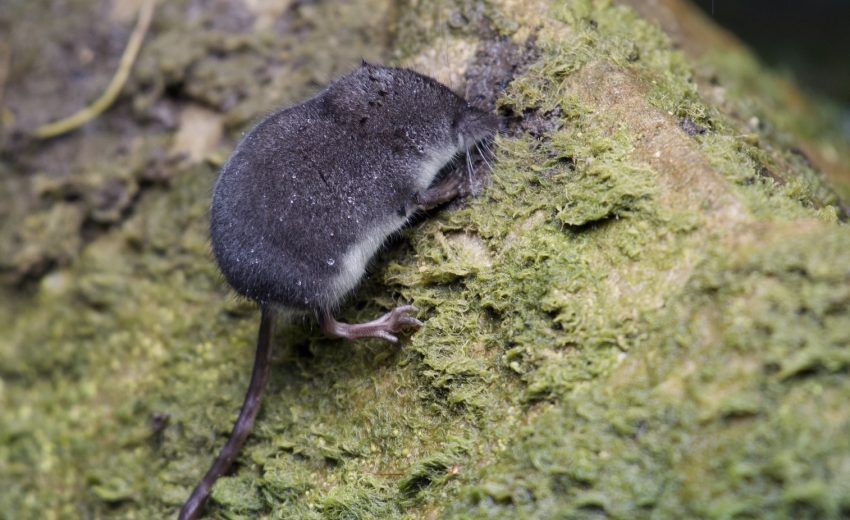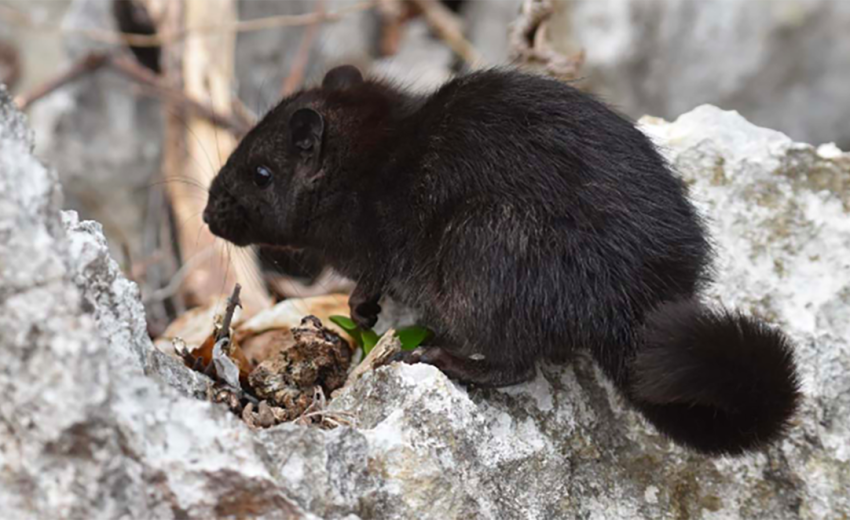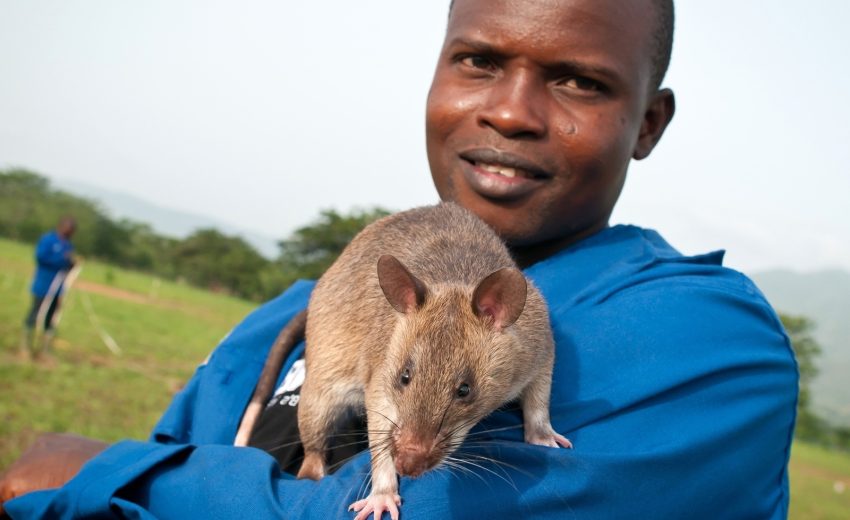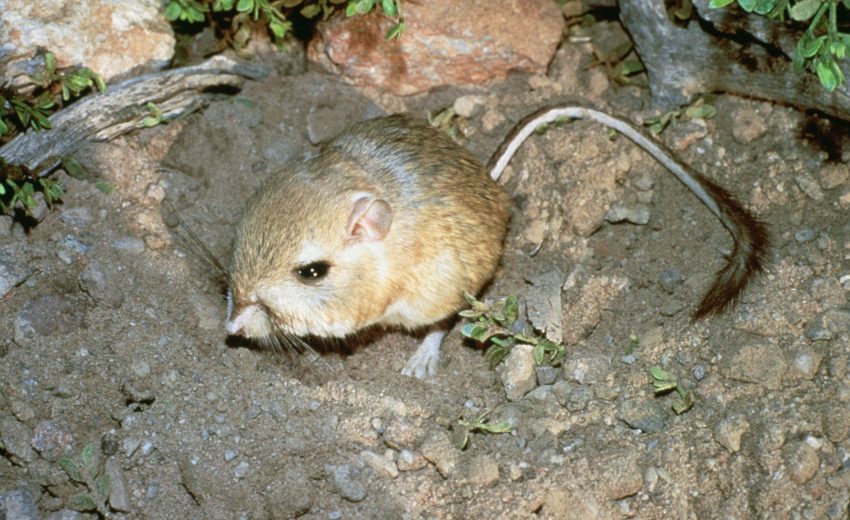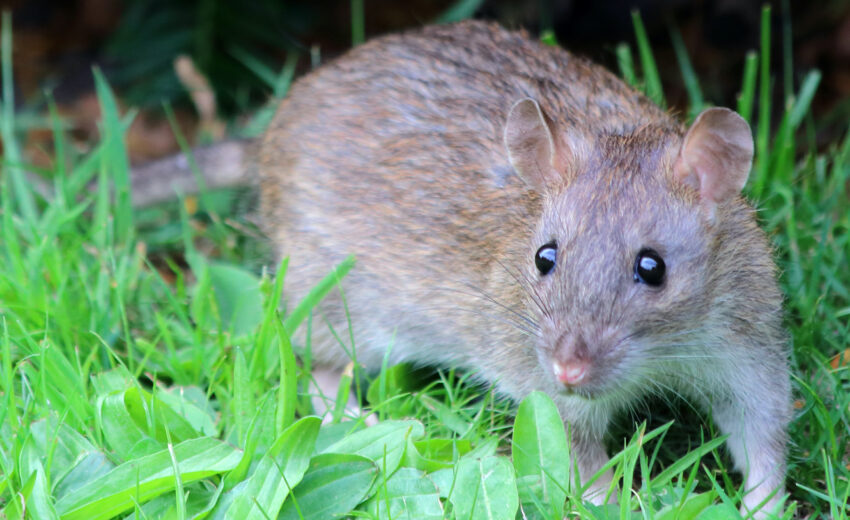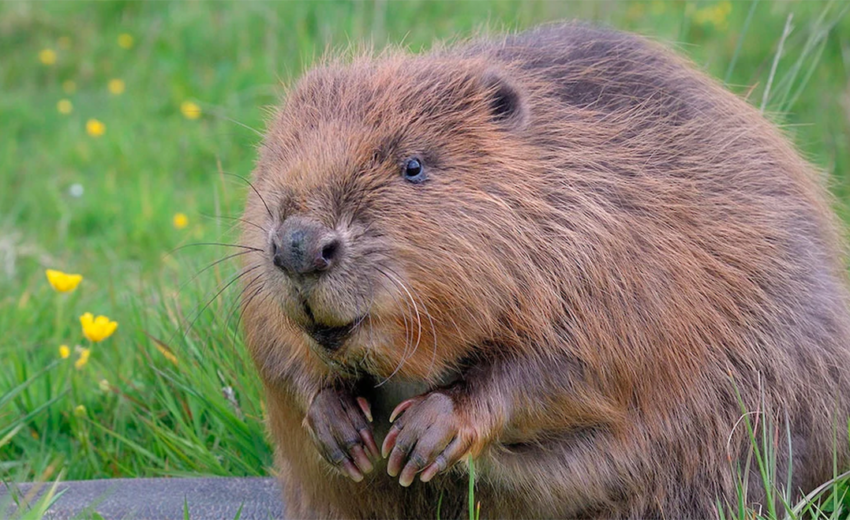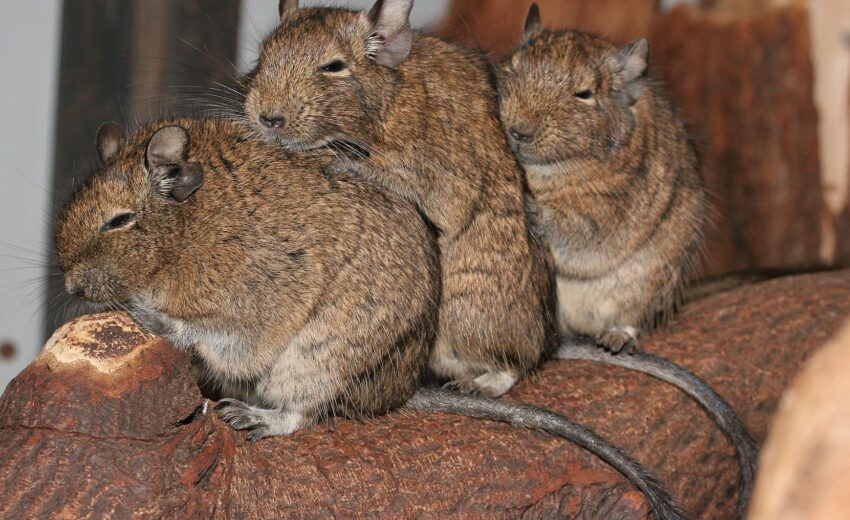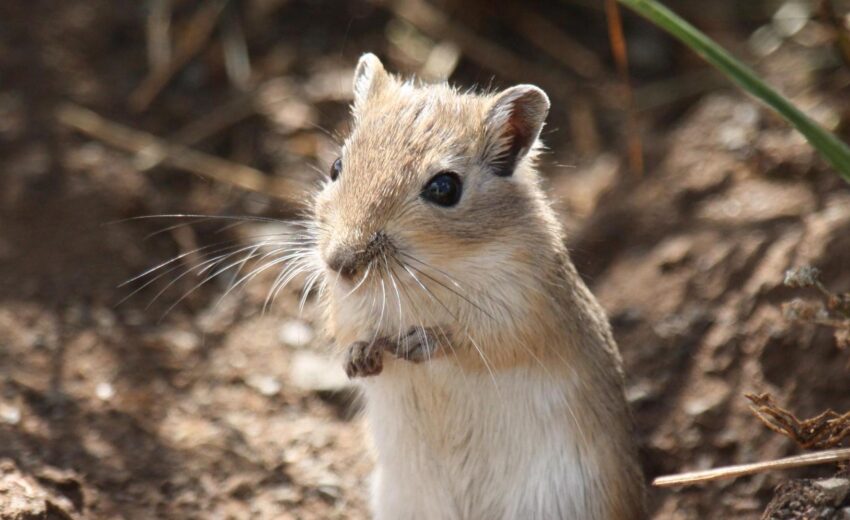The northern grasshopper mouse can be found from southern Canada, throughout central United States, and into central and eastern Mexico. They prefer dry habitats, prairies with low grass, and pastures. With a stable
- Zoology
- Daily Critter Facts
- For Teachers
- Study Guides
- Diseases & Parasites
- Contact

